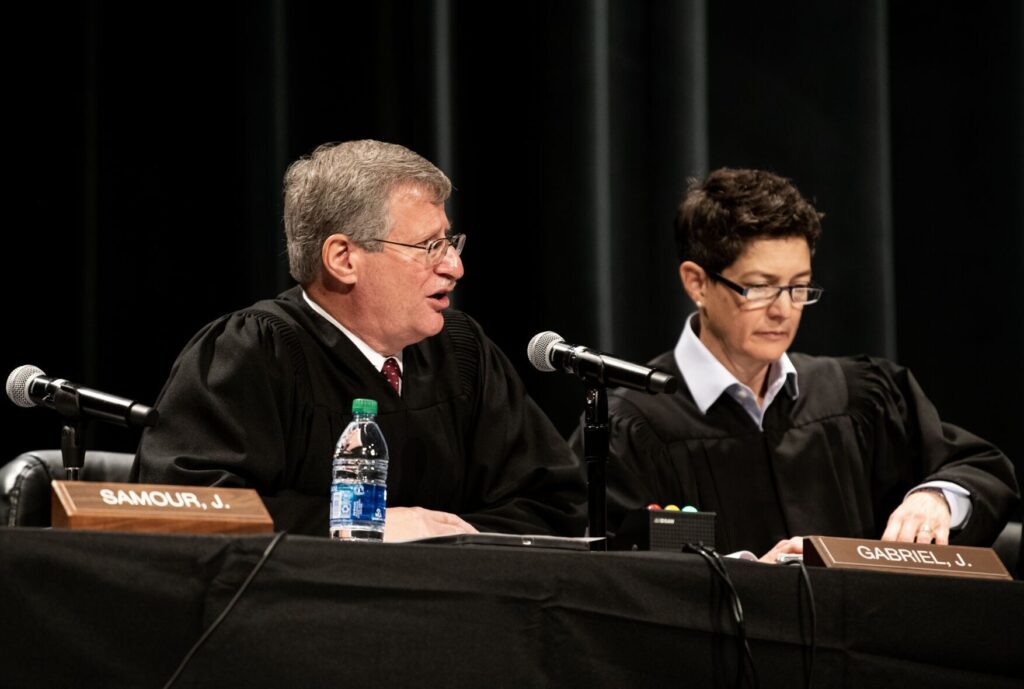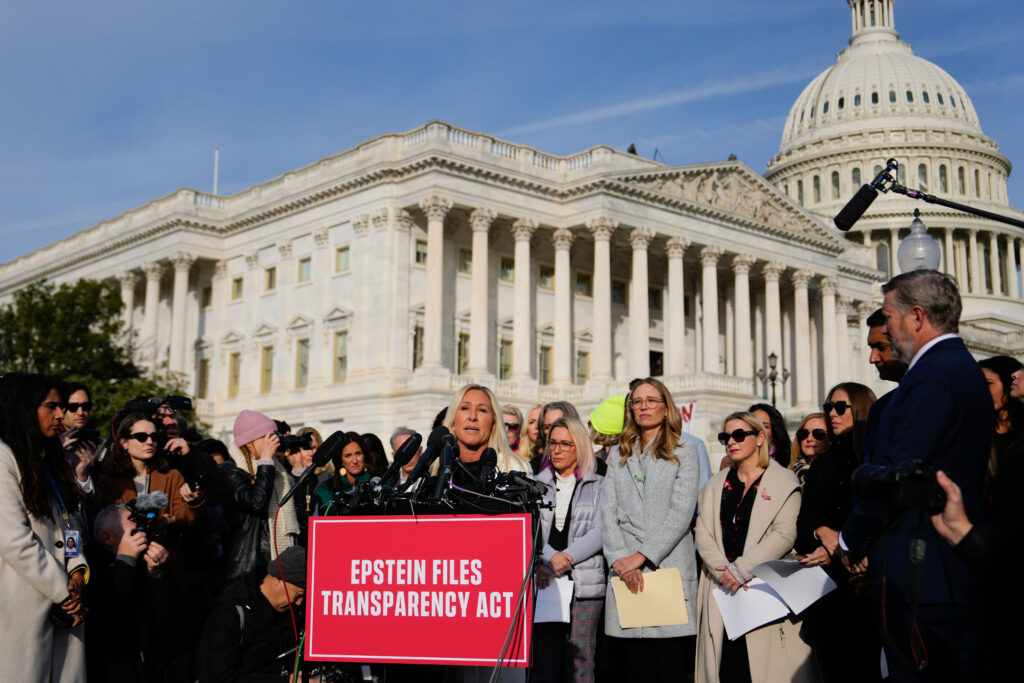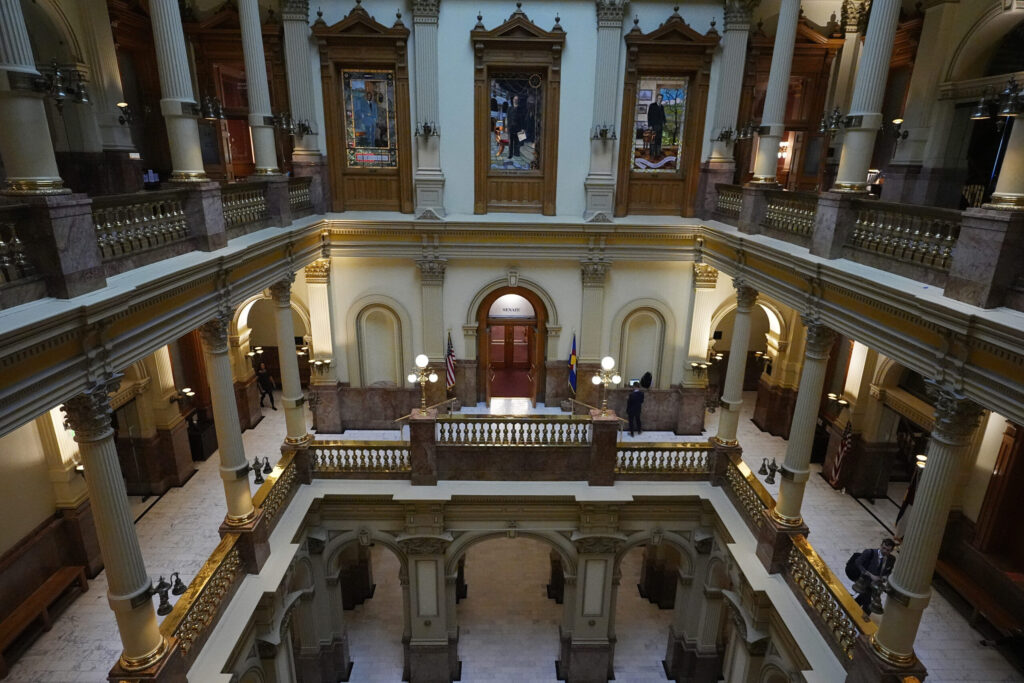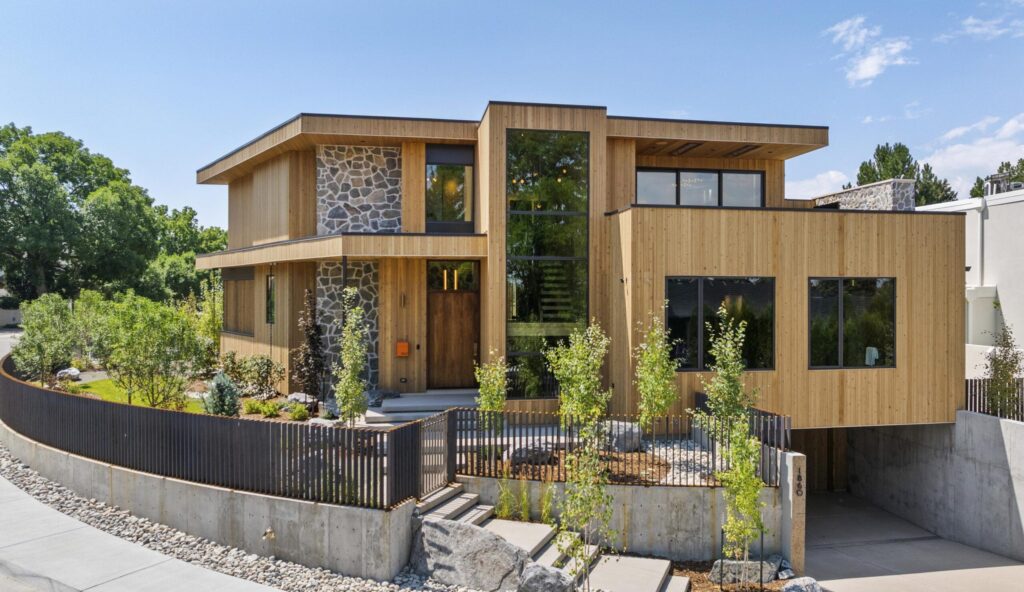Muddy Colorado trails create mess, nonchalant users create headaches

Scott Abbott saw the picture and frowned.
It was posted to Facebook by the Guardians of Palmer Park, the advocates trying to protect the wild oasis near the heart of Colorado Springs. It was posted with a message:
“DO NOT USE MUDDY TRAILS!”
Hikers, bikers and equestrians clearly had. The dirt path, seen drying in the sun before this week’s snowstorm, had been ravaged by feet, hooves and tires.
“That trail’s gonna need considerable maintenance to recover,” said Abbott, the city’s parks, trails and open space manager.
And if current trends continue, many more within the city’s 200-mile-plus network will need the same.
“We are ultra-users, and we are so proud of that,” Abbott said. “We wanna go out and we wanna go out often. But can we bring a small amount of philosophy and good common sense to that?”
At Palmer Park, there used to be signs directing visitors to stay off muddy trails, said the Guardians’ John Hawke. “But those have disappeared. People have actually ripped them out.”
So the masses venture on, knowing well or not knowing at all what they’re doing.
“Literally increasing and speeding up erosion,” Hawke said.
Once dry, the trails take on new, dangerous shapes, the pocks and ruts threatening to capture water or direct it to steeper, more erodible sections.
In worse cases, the trails “get so entrenched that it’s like a ‘V’,” Hawke said. “It’s not a trail anymore.”
When trails are muddy, Abbott recommends concrete urban paths or nature zones on the city’s east side, away from the shaded mountains and canyons, such as Bluestem Prairie and High Chaparral open spaces.

















